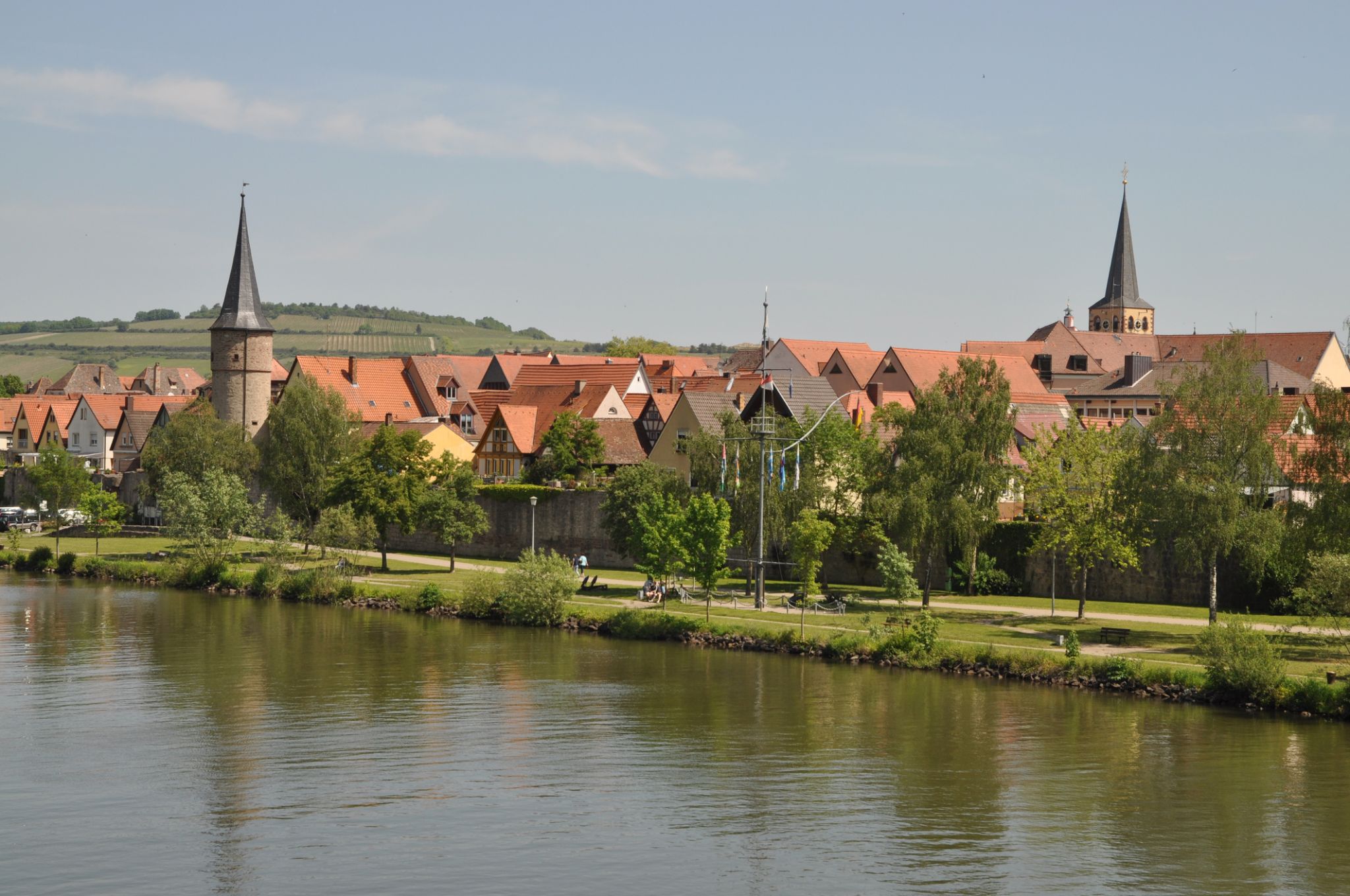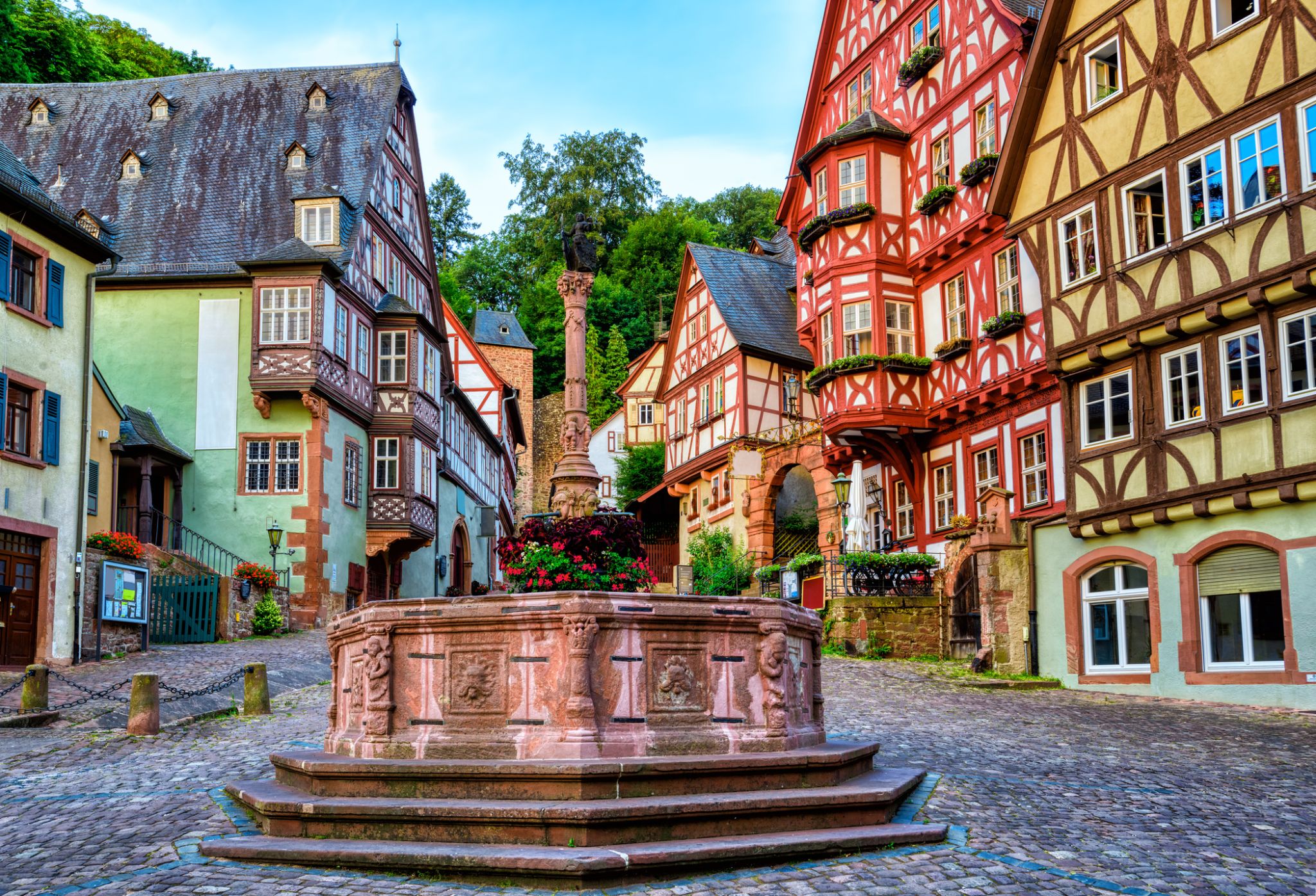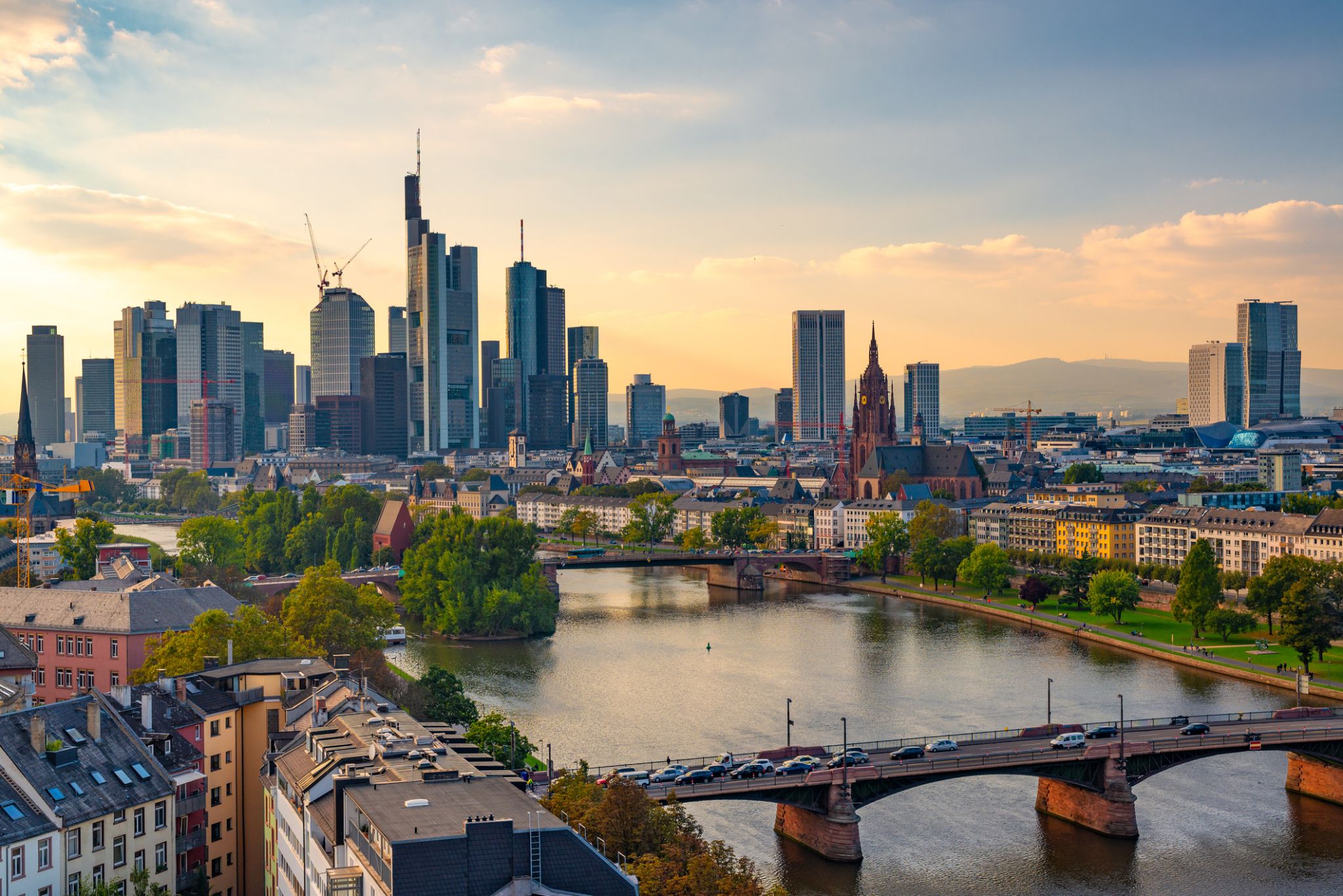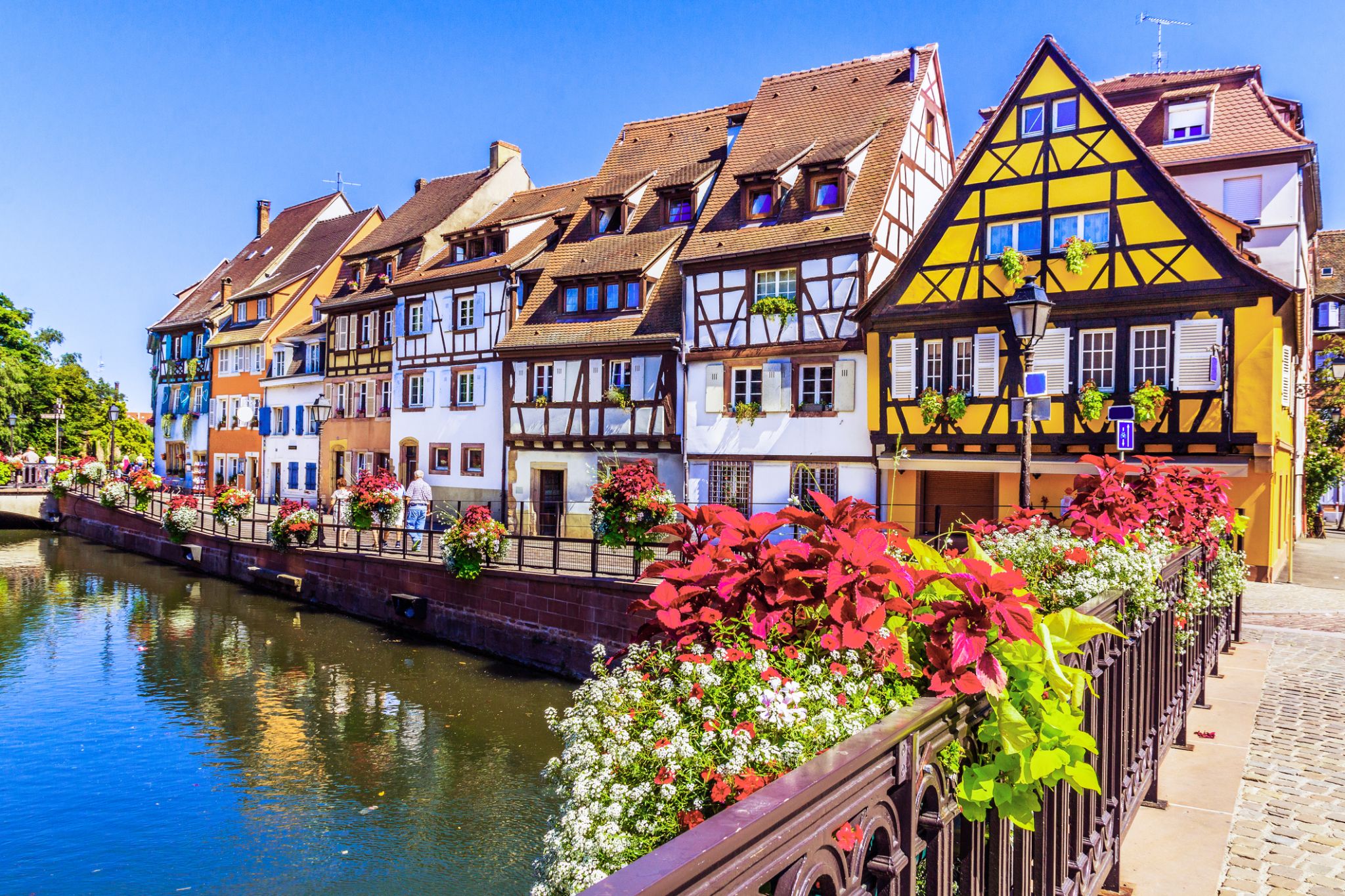

| Cruise Region : Europe |
| Company : Croisi Europe |
| Ship : MS Mona Lisa |
| Journey Start : Sat 07 Jun 2025 |
| Journey End : Thu 19 Jun 2025 |
| Count Nights : 12 nights |
| Day | Date | Port | Arrival | Departure |
|---|---|---|---|---|
| 1 | 7.06 Sat | Budapest / Hungary | 18:00 | |
| 2 | 8.06 Sun | Budapest / Hungary | 08:00 | |
| 2 | 8.06 Sun | Esztergom / Hungary | 13:00 | 19:00 |
| 3 | 9.06 Mon | Vienna / Austria | 13:00 | |
| 4 | 10.06 Tue | Vienna / Austria | 23:00 | |
| 5 | 11.06 Wed | Melk / Austria | 09:00 | 16:00 |
| 6 | 12.06 Thu | Passau / Germany | 09:00 | 13:00 |
| 7 | 13.06 Fri | Regensburg / Germany | 05:00 | 09:00 |
| 7 | 13.06 Fri | Kelheim / Germany | 13:00 | 13:30 |
| 8 | 14.06 Sat | Nuremberg / Germany | 03:00 | 09:00 |
| 8 | 14.06 Sat | Erlangen / Germany | 12:00 | 12:30 |
| 8 | 14.06 Sat | Bamberg / Germany | 19:00 | |
| 9 | 15.06 Sun | Bamberg / Germany | 05:30 | |
| 9 | 15.06 Sun | Schweinfurt / Germany | 12:30 | 13:00 |
| 9 | 15.06 Sun | Gerlachshausen / Germany | 17:30 | 18:00 |
| 10 | 16.06 Mon | Wurzburg / Germany | 01:30 | 08:30 |
| 10 | 16.06 Mon | Karlstadt / Germany | 12:00 | 12:30 |
| 10 | 16.06 Mon | Wertheim am Main / Germany | 21:00 | |
| 11 | 17.06 Tue | Wertheim am Main / Germany | 05:00 | |
| 11 | 17.06 Tue | Miltenberg / Germany | 08:30 | 11:30 |
| 11 | 17.06 Tue | Frankfurt am Main / Germany | 23:00 | |
| 12 | 18.06 Wed | Frankfurt am Main / Germany | 12:00 | |
| 12 | 18.06 Wed | Mainz / Germany | 16:00 | 19:00 |
| 13 | 19.06 Thu | Strasbourg / France | 14:00 | 14:00 |
All inclusive on board
THE CROISIEUROPE DIFFERENCE
All meals included - DRINKS INCLUDED with meals and at the bar
Refined French cuisine - Gala dinner and evening - Welcome cocktail
Free Wi-Fi onboard
Headsets are included for excursions
Official welcome from the captain and crew
Onboard activities
Travel assistance and repatriation insurance
All port fees included
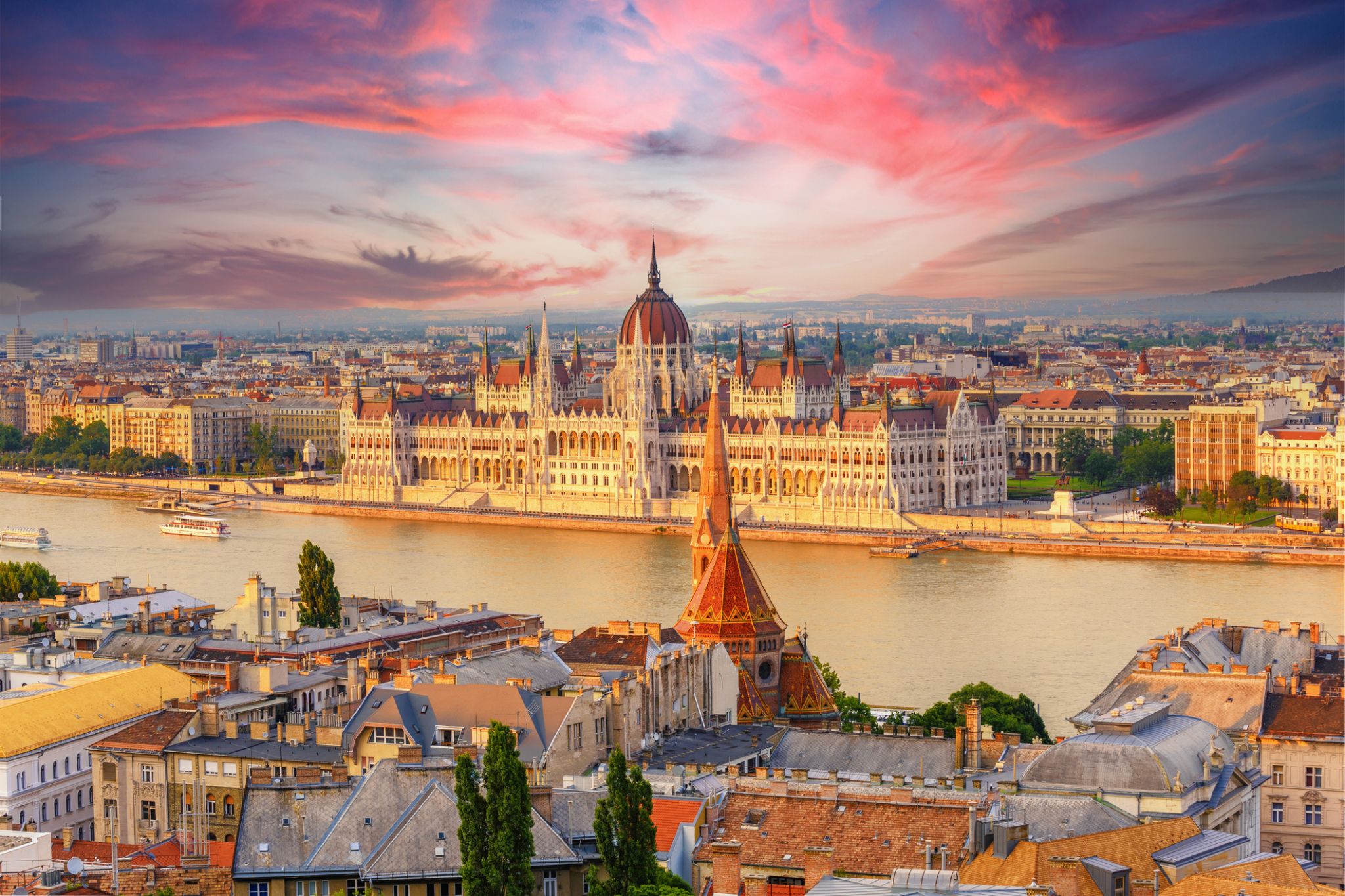
the capital of Hungary, in the northern central part of the country; population 1,712,210 (2009). It was formed in 1873 by the union of the city of Buda on the right bank of the Danube River with the city of Pest on the left.

the capital of Hungary, in the northern central part of the country; population 1,712,210 (2009). It was formed in 1873 by the union of the city of Buda on the right bank of the Danube River with the city of Pest on the left.
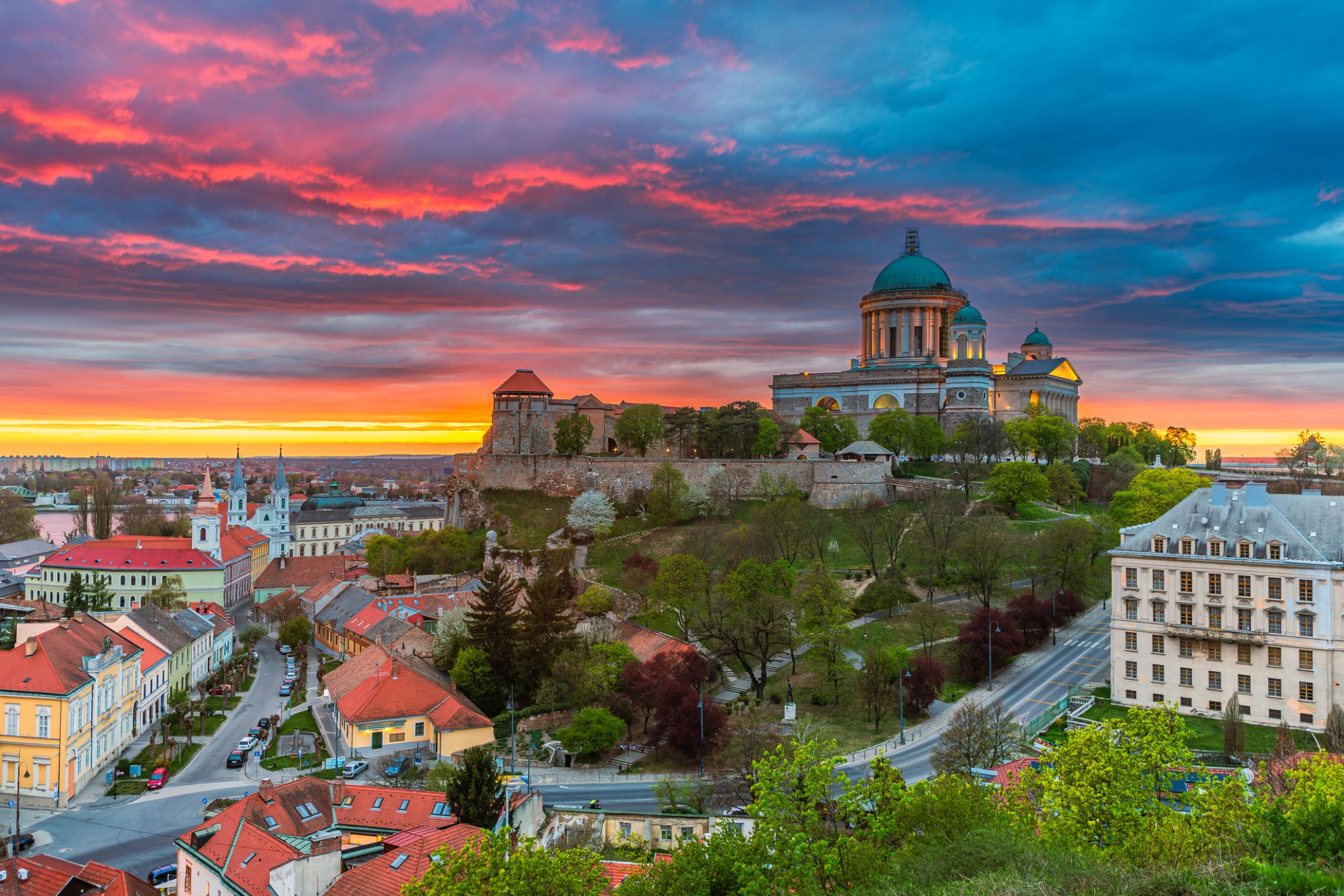
Esztergom is a city in northern Hungary, 46 kilometres (29 miles) northwest of the capital Budapest. It lies in Komárom-Esztergom county, on the right bank of the river Danube, which forms the border with Slovakia there.
Esztergom was the capital of Hungary from the 10th till the mid-13th century when King Béla IV of Hungary moved the royal seat to Buda.
Esztergom is the seat of the prímás (see Primate) of the Roman Catholic Church in Hungary, and the former seat of the Constitutional Court of Hungary. The city has the Keresztény Múzeum, the largest ecclesiastical collection in Hungary. Its cathedral, Esztergom Basilica is the largest church in Hungary.
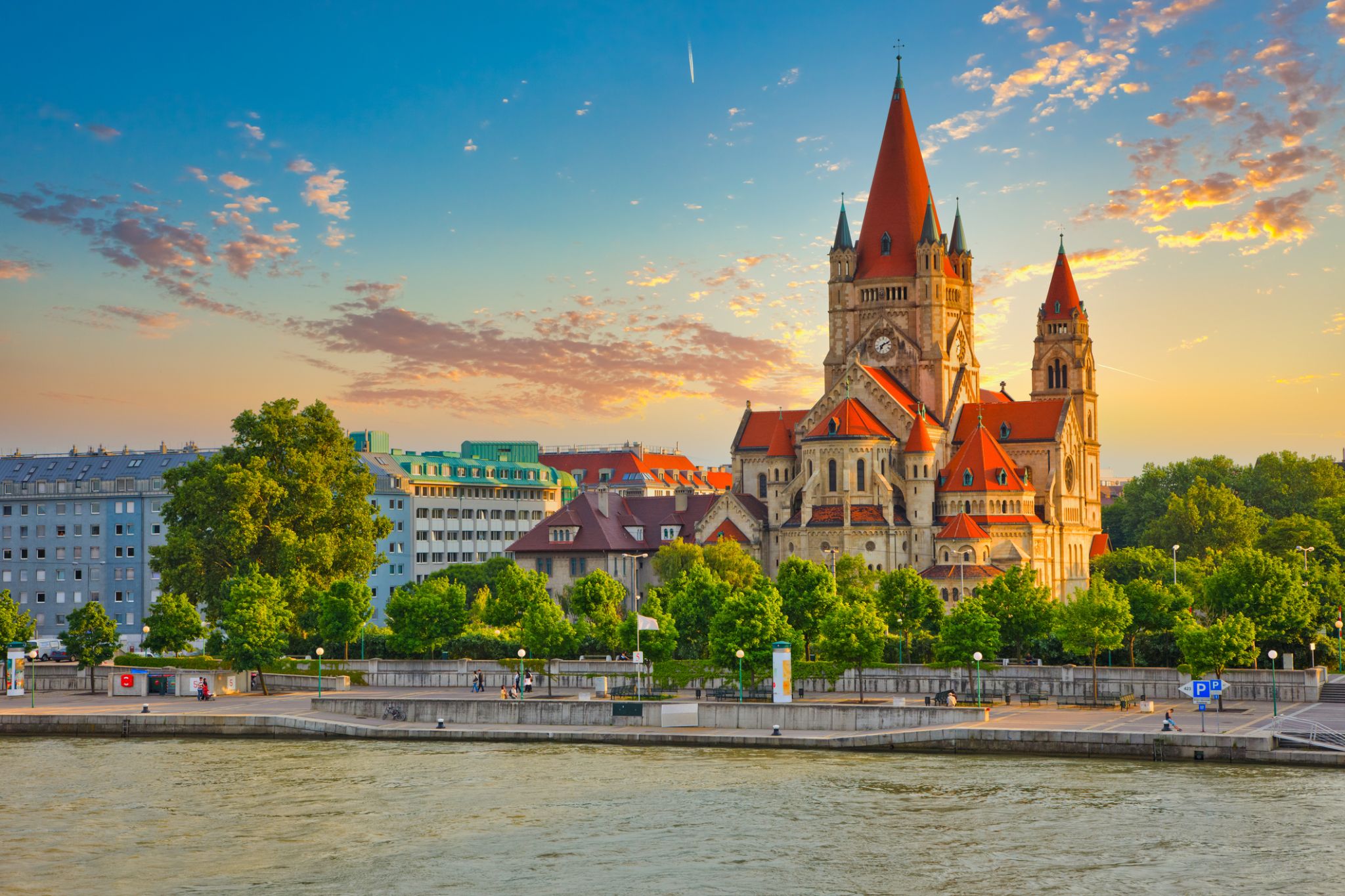
Vienna is the federal capital and largest city of Austria, and one of the nine states of Austria. Vienna is Austria's primate city, with a population of about 1.9 million (2.6 million within the metropolitan area, nearly one third of Austria's population), and its cultural, economic, and political centre. It is the 7th-largest city by population within city limits in the European Union. Until the beginning of the 20th century, it was the largest German-speaking city in the world, and before the splitting of the Austro-Hungarian Empire in World War I, the city had 2 million inhabitants. Today, it has the second largest number of German speakers after Berlin.Vienna is host to many major international organizations, including the United Nations and OPEC. The city is located in the eastern part of Austria and is close to the borders of the Czech Republic, Slovakia, and Hungary. These regions work together in a European Centrope border region. Along with nearby Bratislava, Vienna forms a metropolitan region with 3 million inhabitants. In 2001, the city centre was designated a UNESCO World Heritage Site. In July 2017 it was moved to the list of World Heritage in Danger.
Apart from being regarded as the City of Music[ because of its musical legacy, Vienna is also said to be "The City of Dreams" because it was home to the world's first psychoanalyst – Sigmund Freud. The city's roots lie in early Celticand Roman settlements that transformed into a Medieval and Baroque city, and then the capital of the Austro-Hungarian Empire. It is well known for having played an essential role as a leading European music centre, from the great age of Viennese Classicism through the early part of the 20th century. The historic centre of Vienna is rich in architectural ensembles, including Baroque castles and gardens, and the late-19th-century Ringstraße lined with grand buildings, monuments and parks.
Vienna is known for its high quality of life. In a 2005 study of 127 world cities, the Economist Intelligence Unit ranked the city first (in a tie with Vancouver and San Francisco) for the world's most liveable cities. Between 2011 and 2015, Vienna was ranked second, behind Melbourne. In 2018, it replaced Melbourne as the number one spot. For eight consecutive years (2009–2016), the human-resource-consulting firm Mercer ranked Vienna first in its annual "Quality of Living" survey of hundreds of cities around the world, a title the city still held in 2016. Monocle's 2015 "Quality of Life Survey" ranked Vienna second on a list of the top 25 cities in the world "to make a base within."
The UN-Habitat classified Vienna as the most prosperous city in the world in 2012/2013. The city was ranked 1st globally for its culture of innovation in 2007 and 2008, and sixth globally (out of 256 cities) in the 2014 Innovation Cities Index, which analyzed 162 indicators in covering three areas: culture, infrastructure, and markets. Vienna regularly hosts urban planning conferences and is often used as a case study by urban planners.
Between 2005 and 2010, Vienna was the world's number-one destination for international congresses and conventions. It attracts over 6.8 million tourists a year.

Vienna is the federal capital and largest city of Austria, and one of the nine states of Austria. Vienna is Austria's primate city, with a population of about 1.9 million (2.6 million within the metropolitan area, nearly one third of Austria's population), and its cultural, economic, and political centre. It is the 7th-largest city by population within city limits in the European Union. Until the beginning of the 20th century, it was the largest German-speaking city in the world, and before the splitting of the Austro-Hungarian Empire in World War I, the city had 2 million inhabitants. Today, it has the second largest number of German speakers after Berlin.Vienna is host to many major international organizations, including the United Nations and OPEC. The city is located in the eastern part of Austria and is close to the borders of the Czech Republic, Slovakia, and Hungary. These regions work together in a European Centrope border region. Along with nearby Bratislava, Vienna forms a metropolitan region with 3 million inhabitants. In 2001, the city centre was designated a UNESCO World Heritage Site. In July 2017 it was moved to the list of World Heritage in Danger.
Apart from being regarded as the City of Music[ because of its musical legacy, Vienna is also said to be "The City of Dreams" because it was home to the world's first psychoanalyst – Sigmund Freud. The city's roots lie in early Celticand Roman settlements that transformed into a Medieval and Baroque city, and then the capital of the Austro-Hungarian Empire. It is well known for having played an essential role as a leading European music centre, from the great age of Viennese Classicism through the early part of the 20th century. The historic centre of Vienna is rich in architectural ensembles, including Baroque castles and gardens, and the late-19th-century Ringstraße lined with grand buildings, monuments and parks.
Vienna is known for its high quality of life. In a 2005 study of 127 world cities, the Economist Intelligence Unit ranked the city first (in a tie with Vancouver and San Francisco) for the world's most liveable cities. Between 2011 and 2015, Vienna was ranked second, behind Melbourne. In 2018, it replaced Melbourne as the number one spot. For eight consecutive years (2009–2016), the human-resource-consulting firm Mercer ranked Vienna first in its annual "Quality of Living" survey of hundreds of cities around the world, a title the city still held in 2016. Monocle's 2015 "Quality of Life Survey" ranked Vienna second on a list of the top 25 cities in the world "to make a base within."
The UN-Habitat classified Vienna as the most prosperous city in the world in 2012/2013. The city was ranked 1st globally for its culture of innovation in 2007 and 2008, and sixth globally (out of 256 cities) in the 2014 Innovation Cities Index, which analyzed 162 indicators in covering three areas: culture, infrastructure, and markets. Vienna regularly hosts urban planning conferences and is often used as a case study by urban planners.
Between 2005 and 2010, Vienna was the world's number-one destination for international congresses and conventions. It attracts over 6.8 million tourists a year.
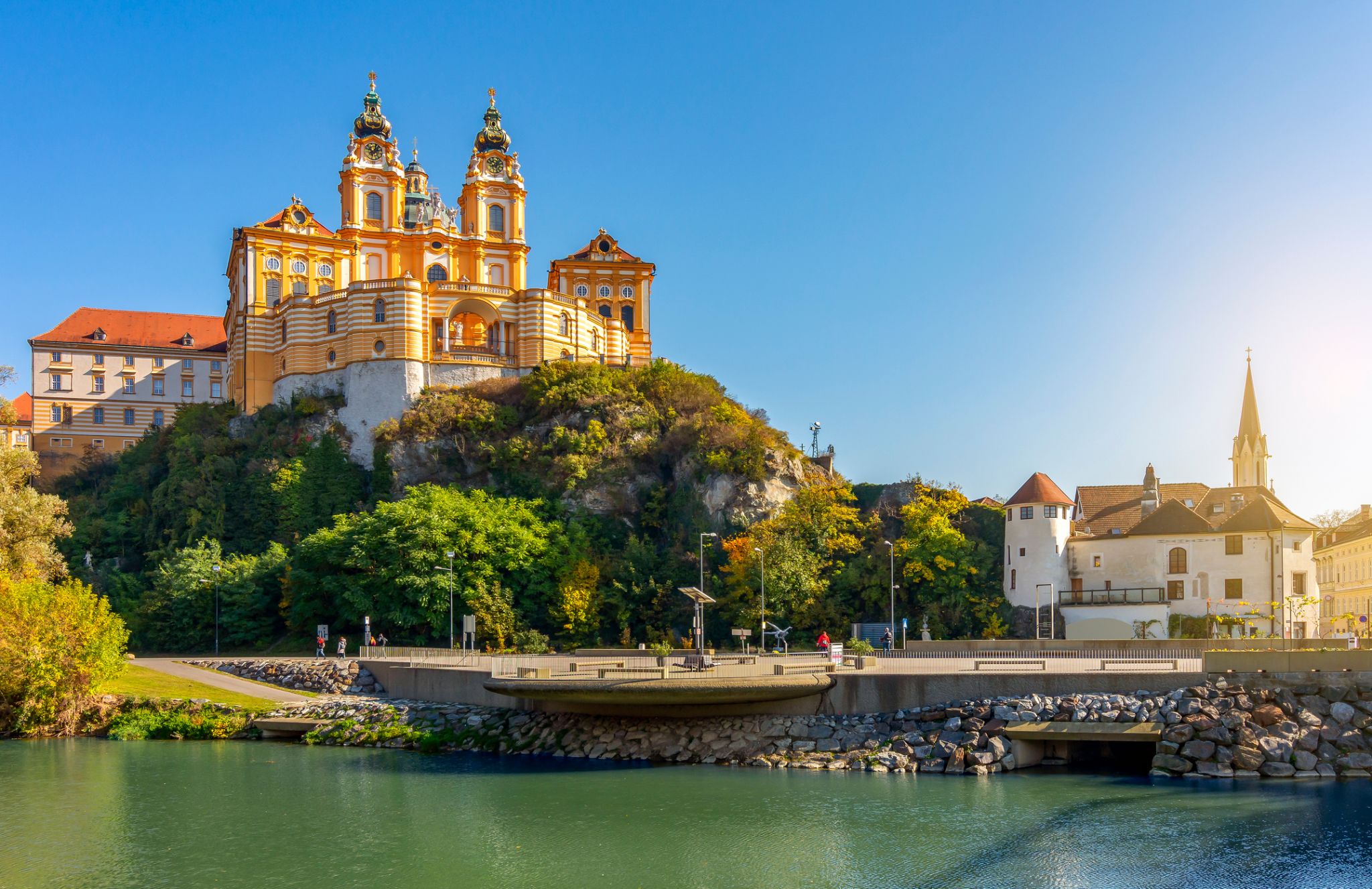
Melk is a city of Austria, in the federal state of Lower Austria, next to the Wachau valley along the Danube. Melk has a population of 5,257 (as of 2012). It is best known as the site of a massive baroque Benedictine monastery named Melk Abbey.
The town is first mentioned as Medilica in 831 in a donation of Louis the German; the name is from a Slavic word for 'border.' The area around Melk was given to Leopold I, Margrave of Austria, in the year 976 to serve as a buffer between the Magyars to east and Bavaria to the west. In 996 mention was first made of an area known as Ostarrîchi, which is the origin of the word Österreich (German for Austria). The bluff which holds the current monastery held a Babenberger castle until the site was given to Benedictine monks from nearby Lambach by Leopold II, in 1089. Melk received market rights in 1227 and became a municipality in 1898. In a very small area, Melk presents a great deal of architectural variety from many centuries.
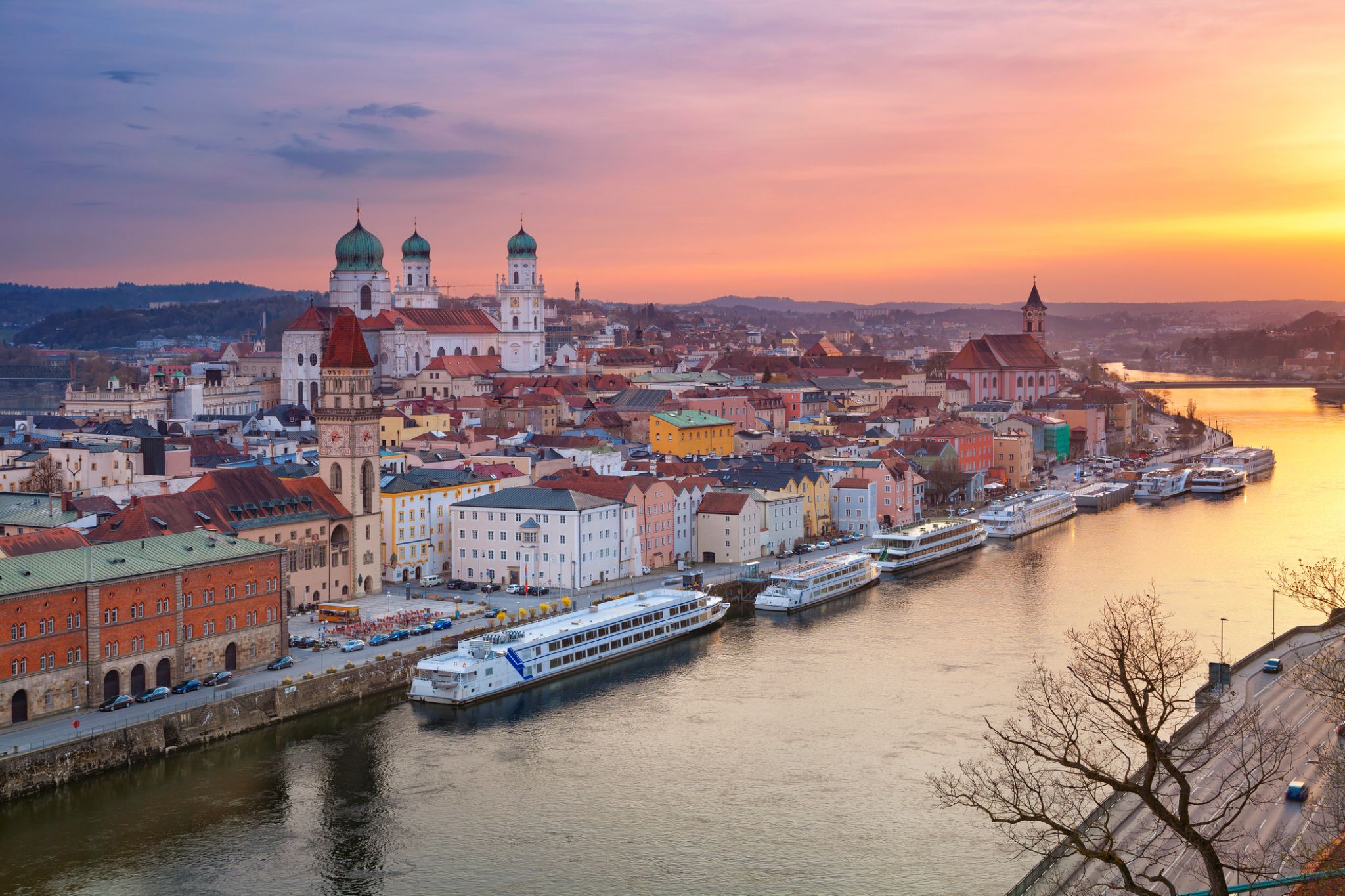
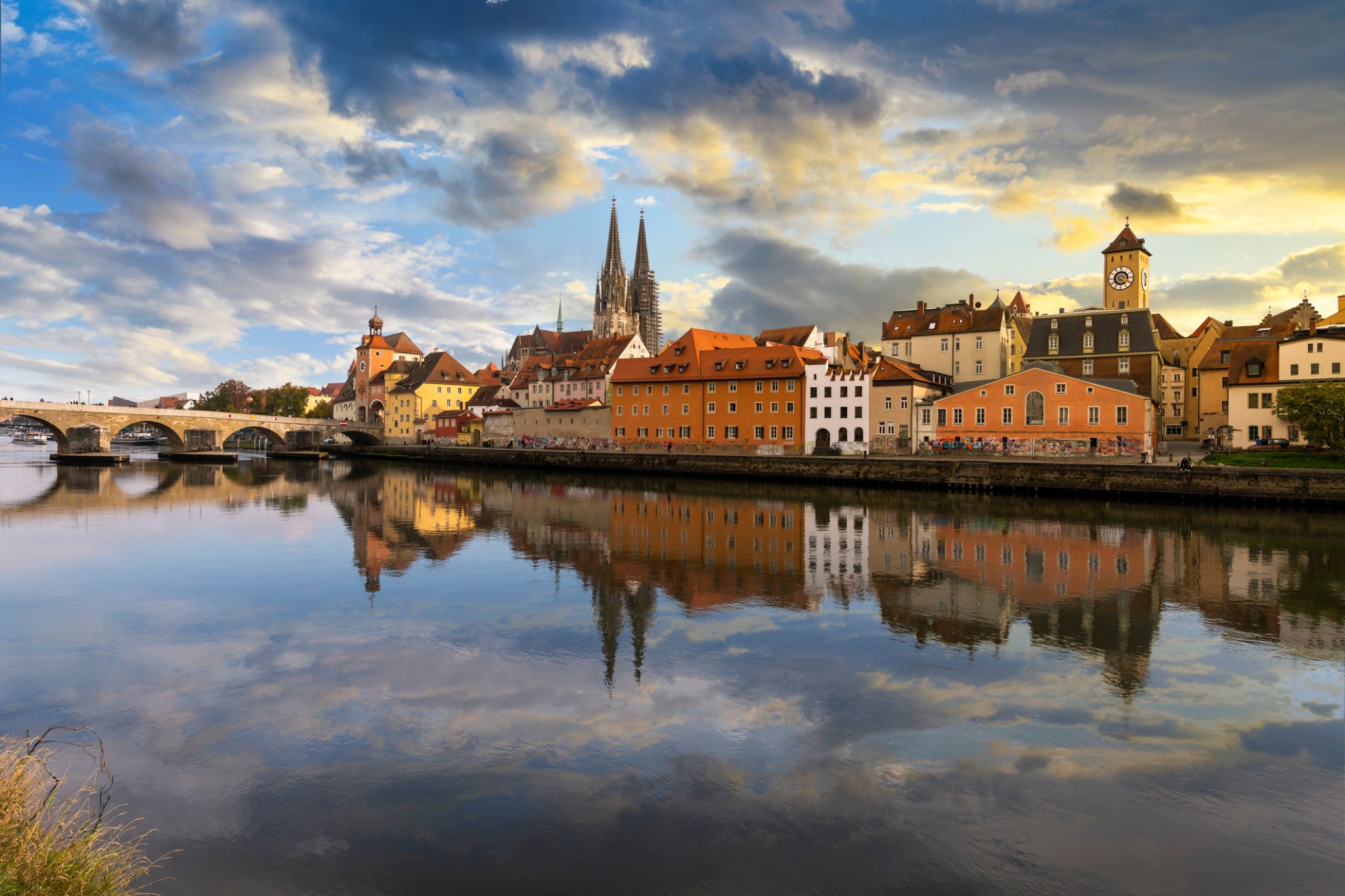
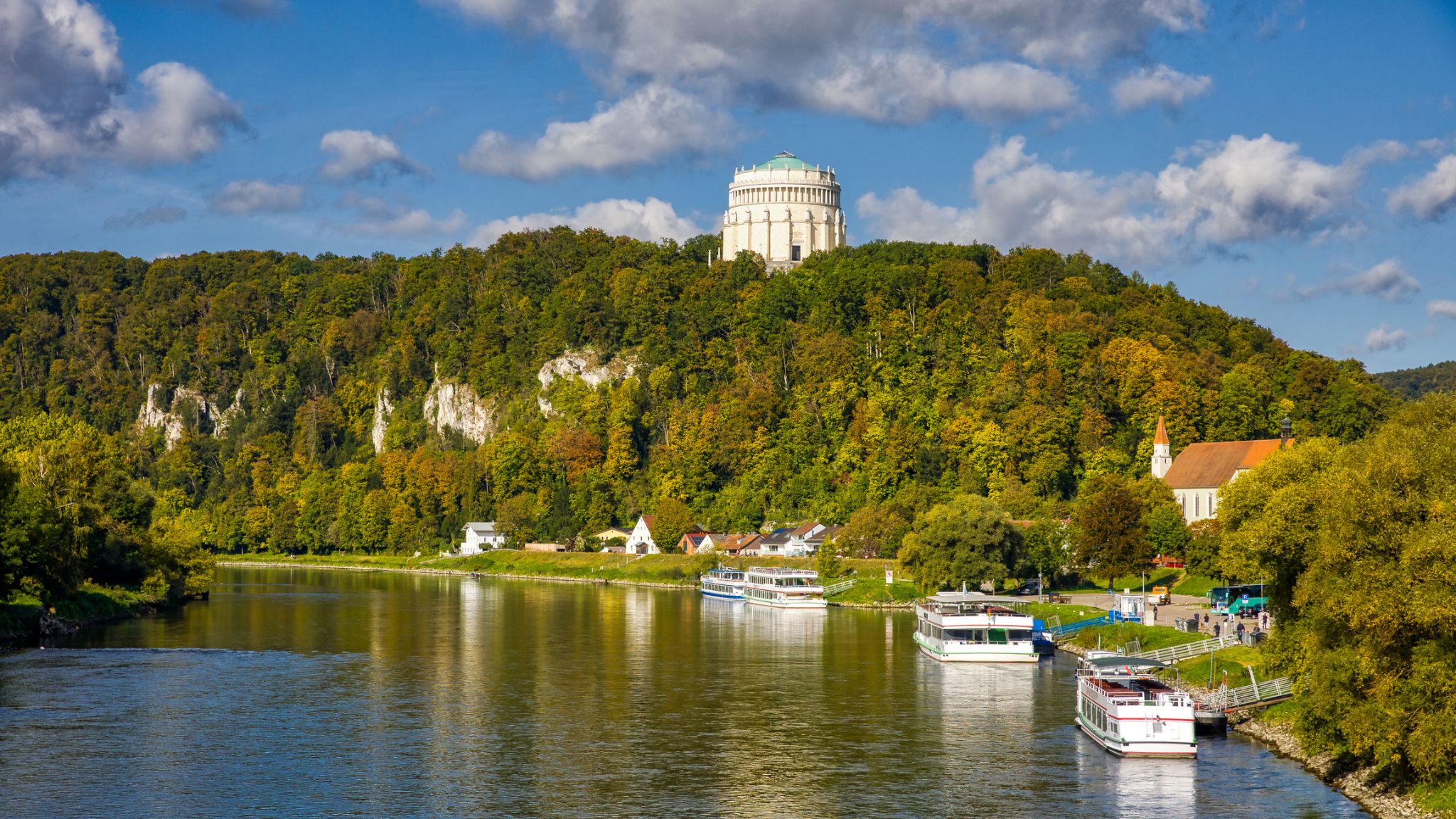
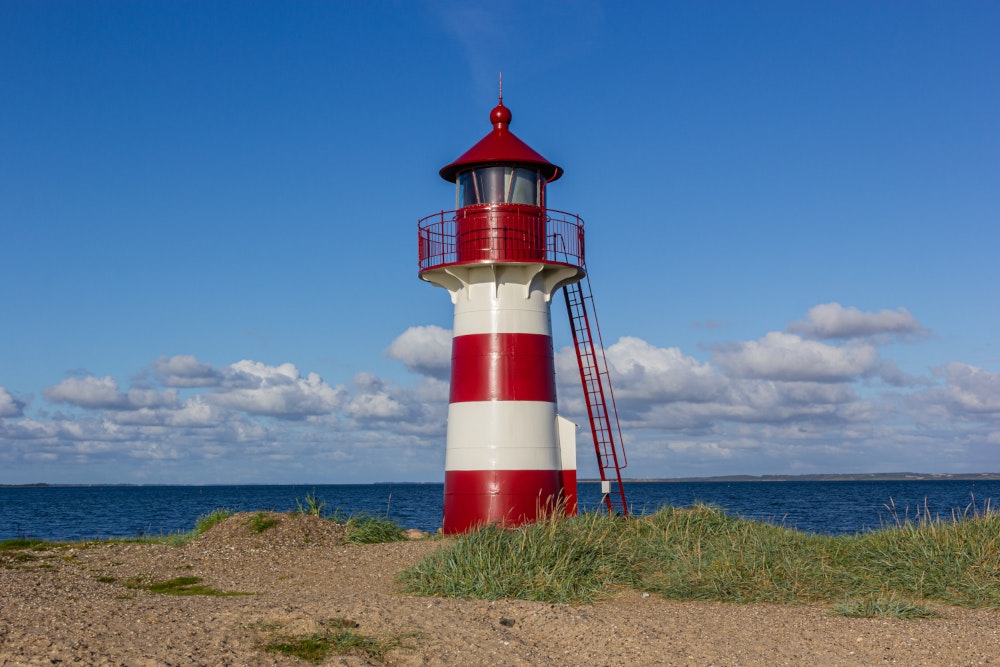
Nuremberg is a historic city in southern Germany, located in Bavaria. Known for its medieval atmosphere and as a center of German culture and history, the city became an important trade and cultural hub during the Middle Ages. Today, its historic center attracts tourists from all over the world. One of the main attractions is the Nuremberg Castle, which overlooks the city and provides a stunning view of its streets and squares. The famous market, where visitors can buy unique goods and taste traditional German dishes, is also worth mentioning.
Nuremberg also holds significant importance in world history, as the Nuremberg Trials were held here after World War II. Today, the city preserves the memory of this time with numerous museums and memorials dedicated to these events. Furthermore, Nuremberg is a major cultural center, hosting regular theater, music, and art festivals. This city is the perfect destination for those who want to enjoy a mix of ancient history, contemporary culture, and the unique atmosphere of Bavaria.
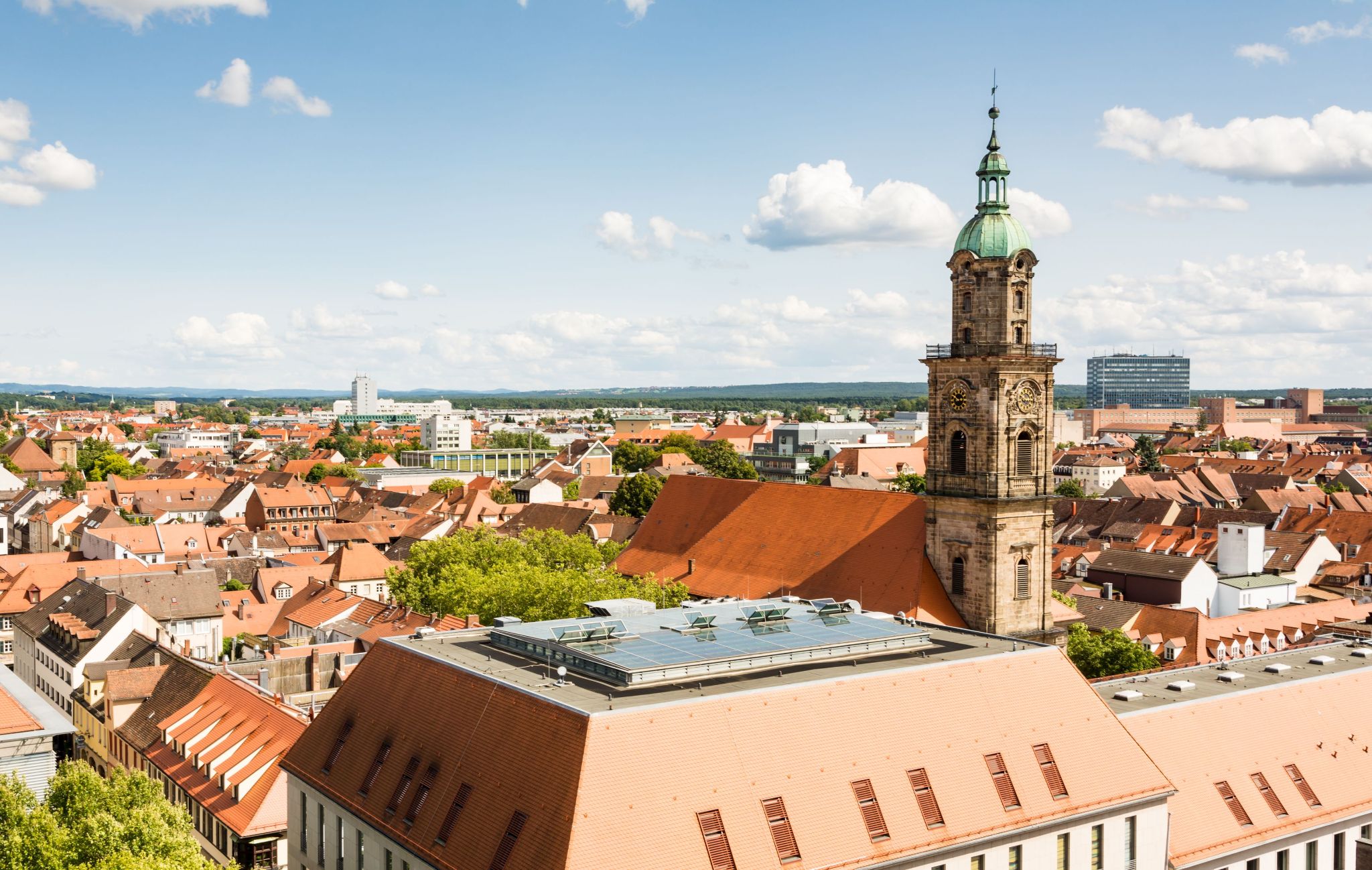
In this charming German city, located in the heart of Bavaria, life flows at a peaceful pace, balancing ancient architecture with modern advancements. Erlangen is famous for its green streets, beautiful parks, and friendly atmosphere. The city is an important center of science and technology, housing major research institutes and universities, attracting students and scholars from all over the world.
But Erlangen is not just a university town. The city boasts a rich history that dates back to the Middle Ages. A walk through its historic center reveals the beauty of ancient buildings, cozy squares, and picturesque canals. Visitors can also enjoy the local cuisine and traditional Bavarian beer halls, where they serve fresh beer and renowned regional dishes.

Perched atop seven hills in Upper Franconia, this city captivates with its medieval charm, half-timbered houses, and winding cobblestone streets. Bamberg, a UNESCO World Heritage Site, boasts over a thousand preserved buildings, including the iconic Old Town Hall that seemingly floats above the Regnitz River. The "Little Venice" district, with its 17th-century fishermen's houses lining the riverbanks, offers a picturesque setting reminiscent of its Italian namesake.
Bamberg is also renowned for its unique smoked beer, or Rauchbier, a tradition upheld by breweries like Schlenkerla since 1405. This distinctive brew, made by drying malt over beechwood fires, imparts a smoky flavor that pairs perfectly with the region's hearty cuisine. Whether you're exploring historic cathedrals, enjoying a gondola ride through the canals, or savoring local delicacies, Bamberg offers an unforgettable experience

Perched atop seven hills in Upper Franconia, this city captivates with its medieval charm, half-timbered houses, and winding cobblestone streets. Bamberg, a UNESCO World Heritage Site, boasts over a thousand preserved buildings, including the iconic Old Town Hall that seemingly floats above the Regnitz River. The "Little Venice" district, with its 17th-century fishermen's houses lining the riverbanks, offers a picturesque setting reminiscent of its Italian namesake.
Bamberg is also renowned for its unique smoked beer, or Rauchbier, a tradition upheld by breweries like Schlenkerla since 1405. This distinctive brew, made by drying malt over beechwood fires, imparts a smoky flavor that pairs perfectly with the region's hearty cuisine. Whether you're exploring historic cathedrals, enjoying a gondola ride through the canals, or savoring local delicacies, Bamberg offers an unforgettable experience

Schweinfurt is an industrial city in northern Bavaria, located on the River Main. Historically, it played a key role in the development of Germany’s ball bearing and engineering industries: in the 19th century, major companies such as Kugelfischer and SKF were founded here. Despite its industrial character, the city retains historical charm — the old town with its cozy squares, Gothic churches, and remnants of medieval walls gives it a distinctive atmosphere.
Today, Schweinfurt blends its technological heritage with modern cultural life. The city hosts several interesting museums, including the Georg Schäfer Museum, which houses an impressive collection of 20th-century German art. For travelers, this city can be an unexpected discovery: free from tourist crowds, it offers a chance to experience authentic Bavaria — with its engineering pride, local cuisine, and welcoming spirit.


Wurzburg is a historic city located on the banks of the Main River in southern Germany, renowned for its cultural heritage and picturesque landscapes. Founded during the Roman era, the city's rich history is reflected in its architecture and monuments. One of the main attractions is the Würzburg Residence, once the residence of the prince-bishops, which is listed as a UNESCO World Heritage site. This magnificent Baroque building, with its luxurious interiors and beautiful gardens, attracts visitors from around the world. Additionally, the city is known for its ancient fortresses, such as the Käpelsburg, which offers stunning views of the city and the river.
Wurzburg is also a center for winemaking, and the region around the city is famous for its vineyards, where the renowned Riesling wine is produced. The city is home to many cozy wine bars and restaurants where tourists can enjoy local wines. Würzburg is perfect for those who appreciate history, architecture, and gastronomic pleasures, as well as for those who want to enjoy the tranquil atmosphere of a small city with rich cultural traditions.
